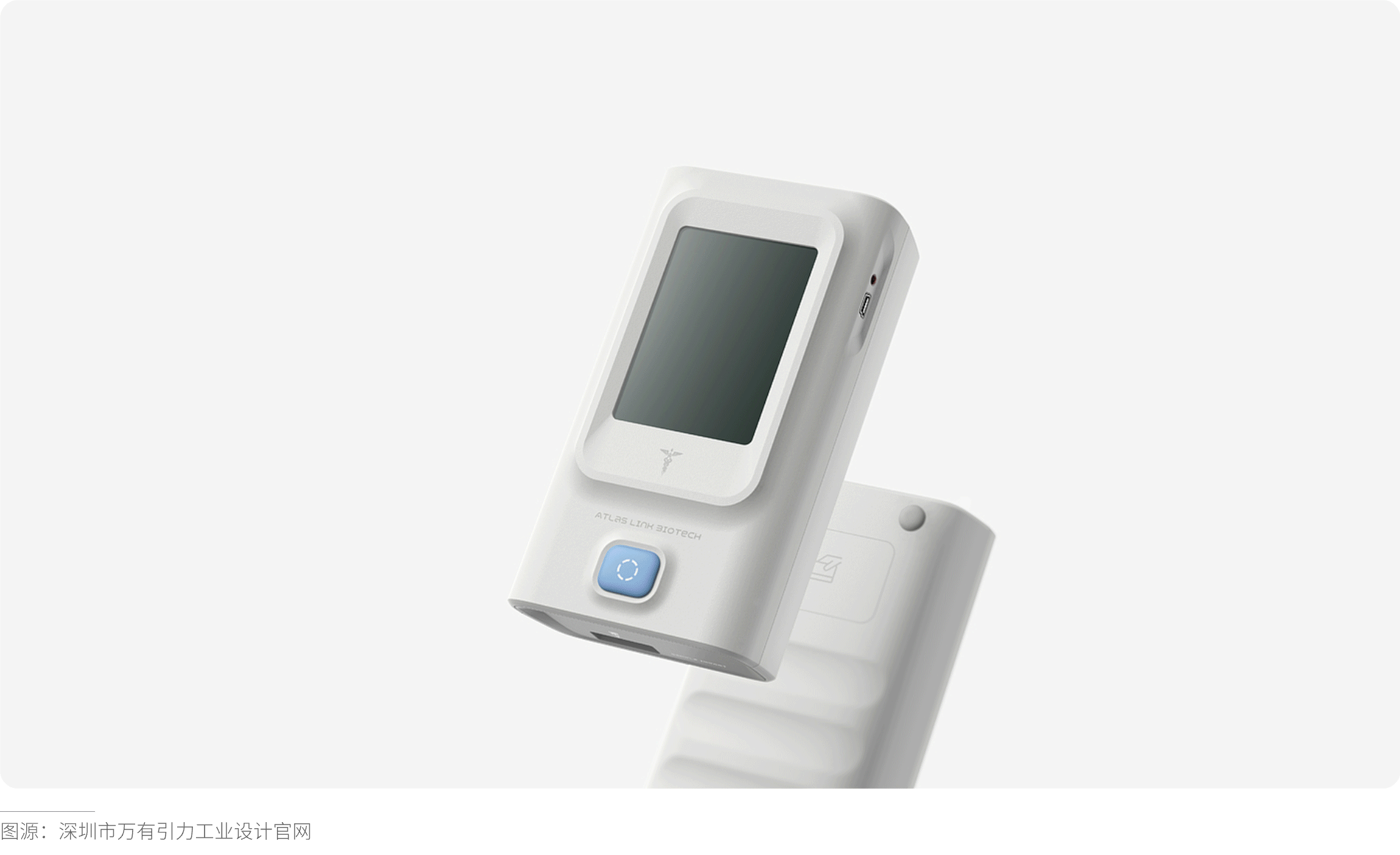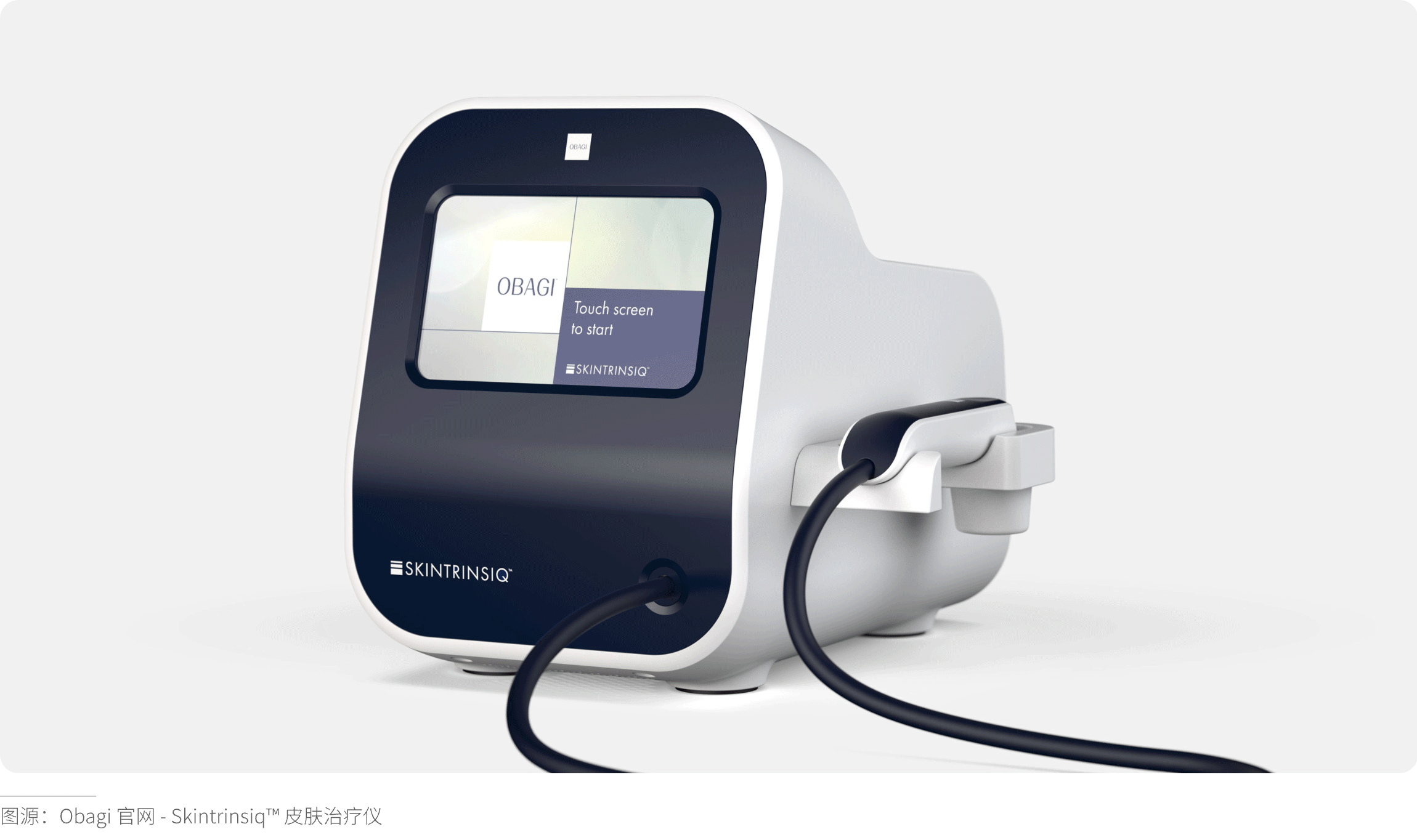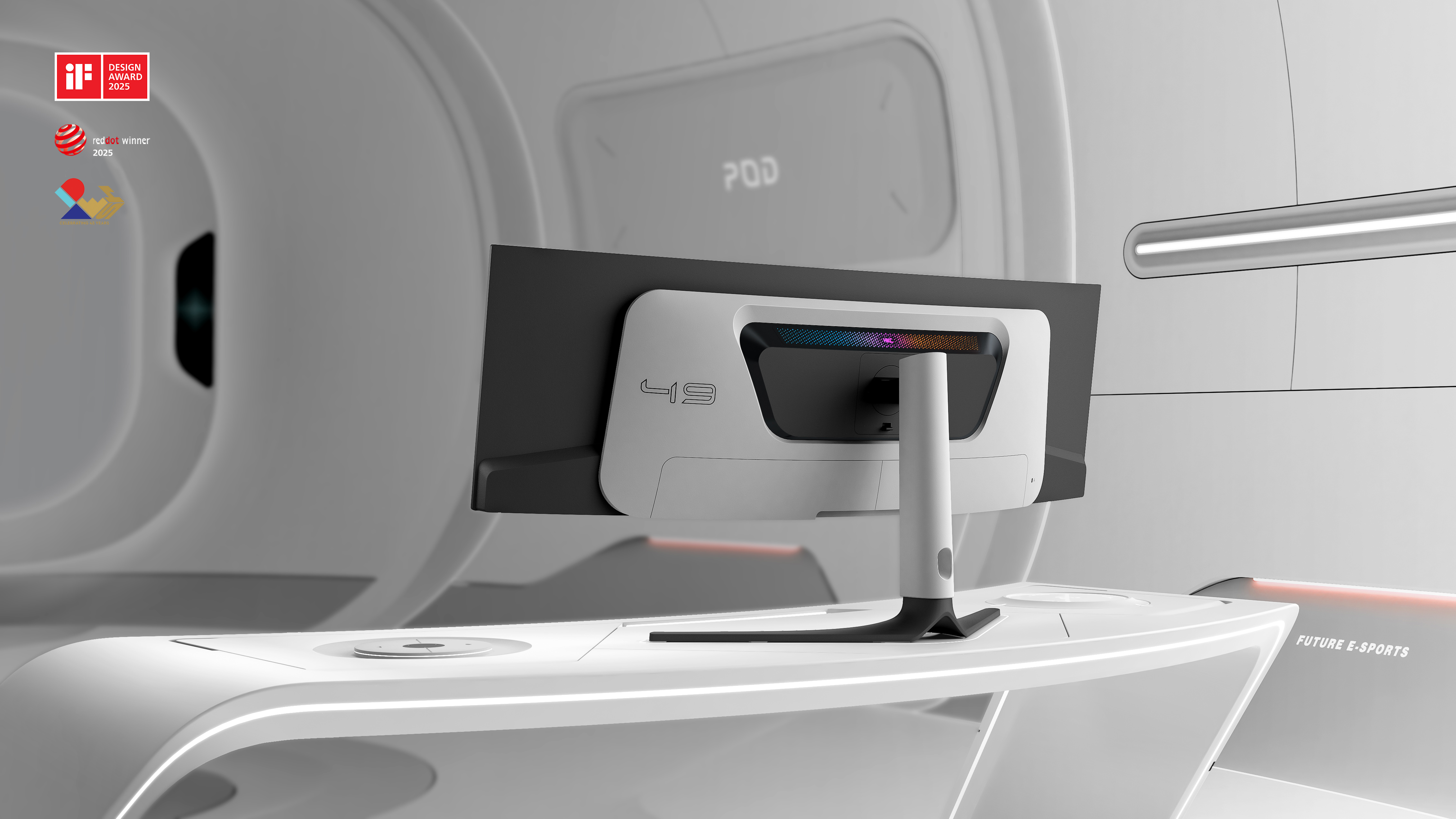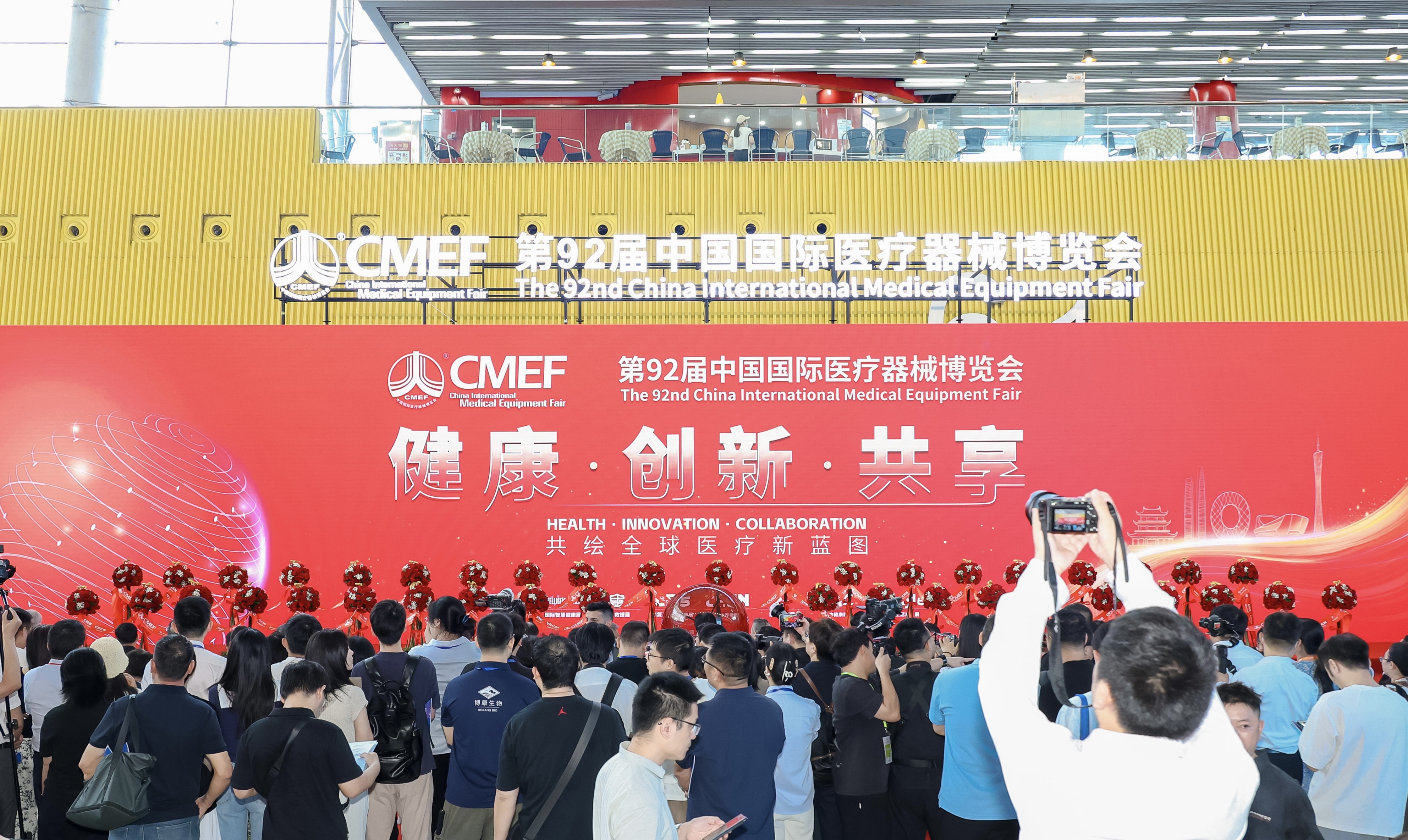More than "useful": What makes a good medical product?

The ultimate mission of medical products is to give life greater dignity. Good design is never a mere accumulation of technical prowess, but rather a reflection of humanity in the subtlest details—infusing warmth into cold machinery, simplifying complex processes, and ensuring that every need is heard and responded to. This is the starting point of our exploration.
An outstanding medical product design is not only a direct manifestation of technological capability but also a concrete expression of humanistic care. It must meet the needs of medical professionals for efficient operation, alleviate the psychological stress patients face when interacting with medical equipment, and simultaneously ensure the product's adaptability across various usage scenarios. So, what truly defines good medical product design?
Outline of This Issue:
· Can our design be considered good design?
· 6 tips for creating excellent design
(Can our design be considered good design?)
In the late 1970s, the highly influential German industrial designer Dieter Rams asked himself an important question: Is my design good design? To answer this, he proposed ten principles to identify excellent design. Despite the changes over time, these principles remain valuable guidelines for Universal Gravity Design and everyone engaged in design.

(6 Tips for Creating Excellent Design)
Now that we have a preliminary understanding of good product design, we still need to explore how to put it into practice. The design process is complex, but here we have outlined the key design principles that designers at Universal Gravity Industrial Design should keep in mind when creating new health and wellness solutions.
1.Keep the User Experience Simple
Even if the final design is a complex product with multiple functions, it should still ensure smooth and effortless operation.
For example, an increasing number of medical products are being used for home diagnosis and rehabilitation care. To facilitate use by non-professionals and avoid potential errors, these products should be as user-friendly and "foolproof" as possible. One effective approach is to simplify the design so that the form reflects its intended function—ensuring it can only be used in one correct way and not in any incorrect ways.
In fact, the design should be so simple and intuitive that even without any instructions, anyone picking it up can immediately understand how to hold it and what it is for. Another good method is to design large, single-function buttons. If there are critical functions, these must be easily identifiable so they can be used quickly in emergencies without hesitation. A product that eliminates the need for choices and decisions can provide a smoother and more pleasant experience.

2.Ensure Precision in Product Design Details
In safety-critical industries, every design decision we make can influence user behavior. Therefore, every detail must be thoughtfully considered and justified. The specifications of each color, finish, tone, and texture must be precise and accurate. When the visual language is correct, the device can evoke positive emotions, build trust, inspire constructive behavior, and ultimately encourage proper usage.
Color can be used to convey information, categorize elements, and guide users toward correct product operation. For instance, bright colors can instantly distinguish critical or even hazardous functions (red/yellow) from safe ones (green or blue). Gradients from dark to light can also help indicate priority levels. Colors can delineate different areas on a product, serving as useful guides or reminders for proper use. Of course, color carries strong emotional associations that must be taken into consideration.

3. Engage with Users
Users often approach medical products with negative preconceptions. They may perceive the treatment as invasive, painful, or complicated to set up. They might have had unpleasant experiences with similar products or feel intimidated by lengthy treatment durations. All these factors, combined with therapies that don’t offer immediate health benefits, can contribute to poor patient adherence.
Although we may not be able to alter the nature of the treatment, we have the ability to address user needs and deliver a more engaging experience. A good example is the subcutaneous electronic injection control booster device, which assists doctors in performing precise, quantitative, and layer-specific injections in selected areas (such as the face or scalp). By creatively incorporating a compassionate and intuitive visual language, it transforms preconceived notions into positive feelings. A holistic approach has been adopted to simplify and clarify the instructions for use.

4. Easy to Clean
Depending on their application, medical products may come into contact with bodily fluids, alcohol, acids, reagents, as well as viruses and bacteria. Therefore, any product used in such environments must be easy to clean—a necessity that significantly influences the design of medical devices. Many products are typically manufactured using plastic injection molding processes, which can result in tiny gaps between shells and casings. If such gaps are unavoidable, certain mitigation strategies can be considered (e.g., sealing the gaps, or at least ensuring exposed gaps are accessible by fingertips). Surfaces should be smooth and non-porous to allow wiping, spraying, or cleaning with disinfectants. If internal mechanisms are present, they must also be carefully sealed to prevent contamination. An even better approach is to avoid this issue altogether during the initial design phase.

5. Integrate into Users' Lives
A thoughtful design that addresses both the physical and emotional needs of users can bring joy and create meaningful changes in real life.
A major trend in the medical product field is the shift of care—once provided exclusively in hospitals or clinics—to settings where caregivers or patients themselves administer treatment at home. If home medical products feature an aesthetic design that harmonizes with the home environment, they can achieve greater market acceptance. This transition from hospital to home also presents an opportunity to leverage aesthetic design as a differentiating advantage. Similar to consumer goods, comparable functionalities can be presented through varied appearances to appeal to different market segments. Design can also be utilized to imbue medical devices with distinct aesthetic qualities that align with diverse lifestyles.

6. Future-Oriented Medical Device Design
Medical products often require a long time to reach the market and have a relatively long lifecycle. Therefore, chasing trends is not a wise approach. The key lies in creating a timeless appeal that transcends the latest fashions. Every project holds the opportunity to develop a novel design language, a fresh appearance, and an innovative experience. Instead of following design trends, we should lead them by crafting a timeless aesthetic that resonates emotionally—this will ensure our designs stand the test of time.
This approach can be enhanced by focusing on opportunities to integrate adaptive assets. This may include replaceable caps, handles, or label graphics. It can also involve designing flexible elements in the user interface to allow for future updates, thereby refreshing the device’s look and experience. An additional benefit is that adaptive assets can function across platform devices to differentiate pharmaceutical brands—an excellent way to support brand expansion.

Designing visually appealing medical products requires knowledge, skill, and a keen aesthetic "eye." We believe that all of these can be mastered by anyone. Knowledge can be acquired in various ways, and skills are honed through practice. Even if you feel you lack an innate "artistic" sense, everyone has the ability to cultivate an appreciation for beauty and aesthetically pleasing forms: some things just feel "right." The proportions seem perfectly balanced, the colors, textures, and shapes are subtly intriguing—the object simply feels comfortable to behold. Find objects that evoke this "just right" feeling in you—whether it's a building, a landscape, a product, a sculpture—anything. Study them closely, reflect on what triggers your response, and soon you'll intuitively understand why one thing is visually pleasing while another similar thing is not.
(Conclusion)
The uniqueness of medical product design lies in its dual nature as both a technological product and a health tool. We hope this article has helped you understand that good medical product design goes far beyond an attractive appearance—it represents the optimal balance of safety, life, and efficiency. We also hope it has, to some extent, demystified the process of achieving pleasing aesthetic design. Shenzhen WYYL Industrial Design is an innovative service team with extensive experience in medical device product design, and we look forward to assisting you with your product design needs.
Feel free to follow and like us. See you in the next issue!
















